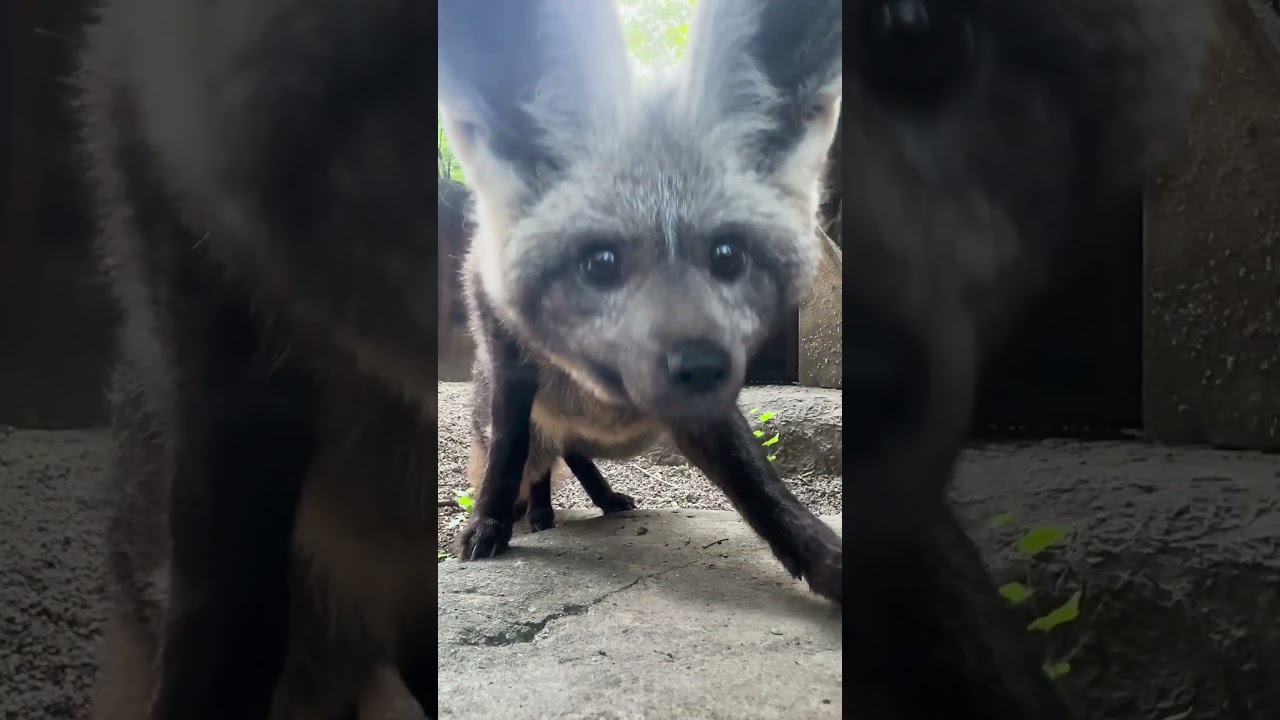- The biology and characteristics of the Fern boop
- The ecological role and habitat of the Fern boop
- Zoo management and husbandry practices for the Fern boop
- Conservation efforts and the importance of protecting the Fern boop
- Public education and awareness surrounding the Fern boop
Fern boops, creatures that intrigue through their vibrant presence and ecological significance, offer a valuable opportunity to explore the interconnectedness of life on Earth. Their biology presents a fascinating spectrum of adaptations that speak volumes about evolutionary innovation.
The Fern boop, distinguished by its distinctive coloration and behavior, is a critical species for understanding biodiversity. Its unique physiology allows it to thrive in diverse ecosystems. The morphology, including adaptations such as specialized limbs or unique reproductive strategies, demonstrates a complex evolutionary development. This biology drives its role within various habitats, influencing both flora and fauna within its range.
Ecologically, the Fern boop plays a pivotal role. It acts as both a predator and prey, maintaining a balance within food chains and contributing to the health of its environment. This dynamic position not only assists in controlling pest populations but also supports nutrient cycling. Its habitat preferences highlight the importance of preserving specific environmental conditions, often found in unique geographical locations. Understanding these preferences is crucial for maintaining biodiversity and ecosystem resilience, particularly in regions facing anthropogenic pressures.
The management of Fern boops in captivity necessitates comprehensive knowledge in zoo husbandry. Proper care involves replicating the natural environment to satisfy both physical and psychological needs. Nutrition plays a vital part in maintaining health, necessitating diets that mirror natural feeding habits. Enclosure design must encourage natural behaviors, ensuring that the animal remains mentally stimulated and physically active. Breeding programs require precision to enhance genetic diversity, an essential factor in long-term population stability.
Conservation efforts surrounding the Fern boop are of substantial importance. Habitat loss and environmental changes pose significant threats. Conservation programs, often involving habitat restoration and legal protection measures, strive to safeguard these creatures. Collaborative projects between governments, NGOs, and research institutions aim to study and mitigate the risks faced by the Fern boop. Public support and engagement can amplify these efforts, encouraging sustainable practices and policies that benefit not only the Fern boop but entire ecosystems.
Education and awareness are pivotal in fostering a deeper appreciation for the Fern boop. Zoos and wildlife parks are instrumental in this mission, offering exhibitions and interactive programs to inform visitors about their importance. Education initiatives highlight conservation needs and inspire community involvement. By showcasing the intricate roles these animals play, educational efforts enhance public understanding and drive actions supporting biodiversity conservation.
Through understanding the multifaceted role of the Fern boop, we gain insights into the intricacies of life and the profound impacts each species has within its environment. This knowledge informs conservation strategies and fosters a greater appreciation for the natural world, encouraging stewardship and sustainable living. As we continue to explore the life of the Fern boop, we delve deeper into the essential ties that bind all living things.
*****
Source Description
While we were checking on bat-eared fox kits—Fern was checking on us.


